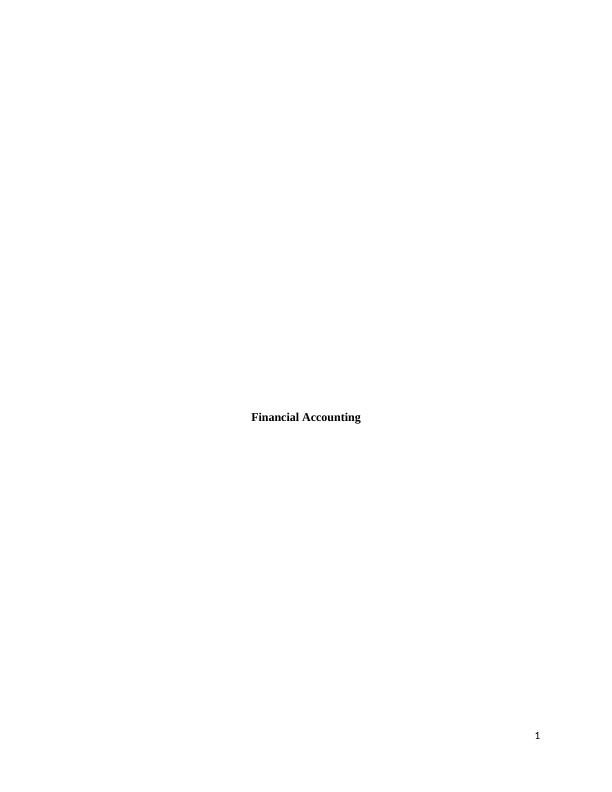Methods of Computing Bad Debts: Percentage to Credit Sales vs Ageing of Debtor Outstanding
Added on 2023-06-12
4 Pages611 Words150 Views
End of preview
Want to access all the pages? Upload your documents or become a member.
Rio tinto financial report 2018
|12
|3940
|119
Accounting and Governance Information 2022
|6
|1087
|19
IMMEDIATE ACCOUNITNG VOLUME 7 Running Head
|7
|799
|17
Aging Method of Calculating Doubtful Debts - Assignment
|5
|778
|73
Audit
|6
|1095
|25
Financial Accounting Management | Assignment
|10
|1046
|23


